1096 years since the death of Simeon the Great, Emperor and Autocrat of all Bulgarians.
Born as a “child of peace” (which means he was born in the year of the Christianization of Bulgaria – 864) Simeon was the third son of Prince Boris I and as such was envisioned to become a priest, but History had other things in mind.
In 878 the 14-year-old Simeon was sent in Constantinople to pursue an education in the most elite and prestigious contemporary European university – the Imperial University of Constantinople. In the span of ten years he studied theology, rhetoric, Greek, and Ancient Greek philosophy. He became so fluent in Greek that the Byzantines called him “half-Greek”.
Simeon returned to Bulgaria in 888 and along with his teacher and mentor Saint Naum, he started translating books from Greek to Old Bulgarian (Old Church Slavonic). This continued until 893 when his brother Prince Vladimir, who in the meantime had become ruler of Bulgaria & tried to restore paganism as state religion, was dethroned by his father Prince Boris I. The subsequent Council of Preslav chose Simeon as the new ruler of Bulgaria. Simeon continued his father’s policy of supporting the development of Slavonic culture and literacy. Under his rule the Cyrillic alphabet was invented in the Preslav Literary School.
One year after Simeon’s coronation the Byzantine Emperor Leo VI moved the Bulgarian trade center from Constantinople to Thessaloniki, where the Bulgarian merchants were heavily taxed. Simeon protested this decision and requested it be reverted but was ignored and thus what is considered to be the first European trade war began. It grew to be a war on two fronts for Bulgaria – against the Byzantines in the south and their new Magyar allies in the northeast. Simeon started deliberately protracted negotiations for peace with the Byzantines while in the meantime confronting the Magyars. He pushed them out of Bulgaria and, along with Pecheneg allies, inflicted such a crushing defeat on them at the Battle of Southern Buh that they were forced to leave those lands and settle in Pannonia, where they would later found the Kingdom of Hungary.
Against the Byzantines Simeon also won an astounding victory at the Battle of Boulgarophygon (896) which won him the trade war. The Bulgarian market was returned to Constantinople, the Eastern Roman Empire was humiliated and also forced to pay Bulgaria annual tribute. This peace was broken shortly by Simeon who, after hearing of the Arab’s siege of Thessaloniki, threatened to take over the weakened city. In exchange for peace the Byzantines gave him lands around the city, from which the new Bulgarian border stood at only 20 kilometers away.
Emperor Leo died in 912, leaving his underage son Constantine VII on the throne. A regency council headed by Constantine’s uncle Alexander was formed. The following year Alexander stopped paying Bulgaria its annual tribute which caused Simeon to gather an army and march on the Byzantine capital itself. Alexander died in the meantime and Patriarch Nicholas Mystikos became head of the regency. His goals were to achieve peace and lasting stability for the Empire. Simeon arrived at the walls of Constantinople with his entire army knowing fully well that all he could achieve was intimidation and that the city would never fall without a naval blockade (the Bulgarians lacked a naval force). Peace negotiations started and Simeon was invited inside the city. During an official ceremony in the Blachernae Palace the Patriarch of the Eastern Roman Empire - Nicholas Mystikos crowned Simeon “Emperor of all Bulgarians”. Thus the Bulgarian Empire was born.
Simeon used the Bulgarian/Slavic translation of the imperial title – “Tsar”. In those days the word was pronounced “Tsesar” and traced its origins from the name of Julius Caesar. Although during and after the Middle Ages it was entirely equivalent in meaning to Emperor, in modern Bulgaria and Russia it has devolved to be equivalent to King. This leads to much confusion and inaccurate representations of medieval Bulgarian monarchs as kings (exceptions being those who from 1204 to 1235 were in communion with the Papacy and thus were recognized only as kings).
Along with the acquisition of an imperial title by the Bulgarian monarch, there were two more agreements made in 913 – Byzantium would renew the annual payments to Bulgaria and a marriage between Emperor Constantine VII and one of Simeon’s daughters would take place in the nearest future. This is where Simeon’s plan to peacefully take the throne in Constantinople started forming. The marriage would make Simeon the Basileopater of the Byzantine Empire (lit. “guardian of the Basileus”) which would give him significant political influence in Constantinople. Thereafter it would be a matter of political intrigue and cunning diplomacy to acquire the rank of co-Emperor of the Eastern Roman Empire and eventually – sole Emperor of both Bulgaria and Byzantium which he would fuse together to create a reformed Roman Empire.
In 914 Nicholas Mystikos was replaced as head of the regency by the mother of Constantine VII – Zoe. She annulled all agreements with Simeon and started the formation of an anti-Bulgarian coalition that included all of Bulgaria’s other neighbors – Serbs, Magyars and Pechenegs. But Simeon’s power and influence made it so that the Byzantines were alone against the Bulgarians in the ensuing Battle of Achelous in 917. In one of the largest battles of the Medieval Era (reportedly with around 60 000 troops on each side) Emperor Simeon, who led his troops personally and even lost his horse in the fight, won an astounding victory and decimated the Byzantine Army. This made the Bulgarian Empire a hegemon on the Balkans and a powerhouse in Southeastern Europe.
Along with all of these military successes, internally Bulgaria experienced a never-before-seen cultural, literary and spiritual Golden Age. Renowned Bulgarian authors such as Joan the Exarch, Constantine of Preslav, Chernorizets Hrabar and even Emperor Simeon himself created some of the first Bulgarian and Slavic works of literature. Emperor Simeon also invested in his new capital of Preslav. He oversaw massive construction projects which aimed and eventually succeeded in making the city a cultural center of the entire Orthodox Slavic world. Preslav’s architectural beauty became second only to that of Constantinople. At some point Simeon also elevated the Bulgarian Church’s status from an autocephalous Archbishopric to a fully independent Patriarchy, the first one in the Slavic world and the first one separate from the Christian Church’s Pentarchy. Simeon himself, to reaffirm his claim to the Roman throne, started styling himself “Emperor and Autocrat of all Bulgarians and Romans”.
The military disasters of Zoe caused another coup in Constantinople. Admiral Romanos Lekapenos replaced Zoe as head of the regency. He betrothed his daughter to the young Emperor, became Basileopater and eventually was elevated to co-Emperor and ruler of the Byzantine Empire in 920. He did exactly what Simeon had intended to do back in 913. This angered Simeon and he decided to take the Byzantine throne through military strength. The Bulgarian Army invaded and the whole of Thrace, Thessaly and Epirus were occupied, the troops reaching all the way to Corinth and beyond. Simeon personally made an appearance in front of Constantinople and demanded he be received inside the city as Emperor of the Romans.
Knowing fully well that Constantinople cannot be taken without a naval blockade Simeon sent envoys to the Caliph in Egypt who owned a formidable navy. The Caliph agreed to an alliance and sent his own envoys along with the Bulgarian ones back to Bulgaria to work out the details. On the way back, close to Sicily, the envoys were captured by the Byzantines. The Bulgarians were imprisoned while the Arabs were sent back to their masters along with many gifts. Thus the alliance was sabotaged.
During this prolonged conflict the Serbs of Raška were always siding with the Byzantines. Simeon’s influence in the country managed to keep them at bay but the Byzantine lobby forced him to eventually annex the Serbian principality completely in 924. Although Simeon was relentless in his desire to take Constantinople, both sides began to feel the exhaustion of war. In an effort to reach some kind of compromise on 9th September 924 Simeon appeared before Constantinople again and met with Romanos. The meeting ended up being fruitless and Simeon returned to Bulgaria.
With the aim of neutralizing yet another Byzantine ally and to capture Serbian political refugees, Emperor Simeon invaded Croatia in 926. The exhausted Bulgarian Army however was defeated at the -Battle of the Bosnian Highlands- and this became the first and only war Simeon lost. Despite this Simeon accelerated his preparations for a new siege of Constantinople. It was during these preparations that he died, on 27th May 927. The cause of death was heart failure.
After Simeon’s death Bulgaria entered peace with Byzantium and received recognition for its Church, its Emperor and its second place in the Christian world after Byzantium, along with the traditional annual tribute. Bulgaria continued to be a major player in the region, although a pacifistic one, for another half a century.
The scale of the Bulgarian Golden Age, sometimes called “Simeon’s Golden Age” went beyond Bulgaria’s borders and Simeon’s time. His ability to lead a total war while at the same time investing in cultural development made Bulgaria a cradle of civilization for the Slavic world. His ambition to become Roman Emperor was not forgotten by his successors, some of which fought wars to establish Pax Simeonica. Today Simeon is rightfully considered the greatest Bulgarian head of state, hence being called “the Great”. A military march exists in Bulgaria that glorifies his conquests. May he live in eternal memory!
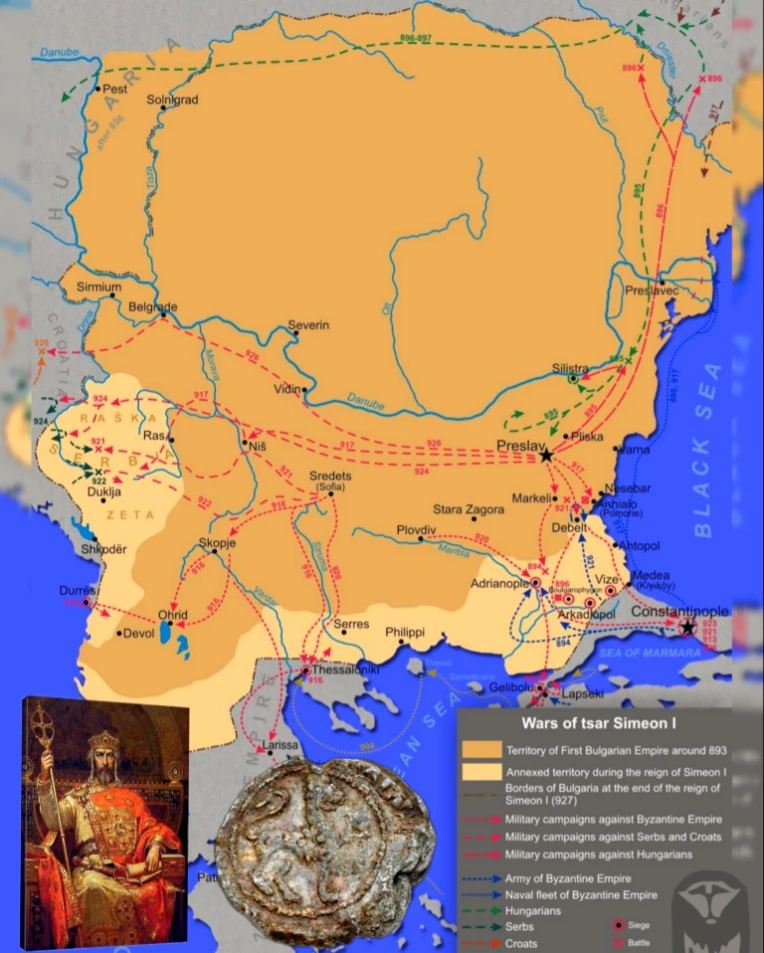
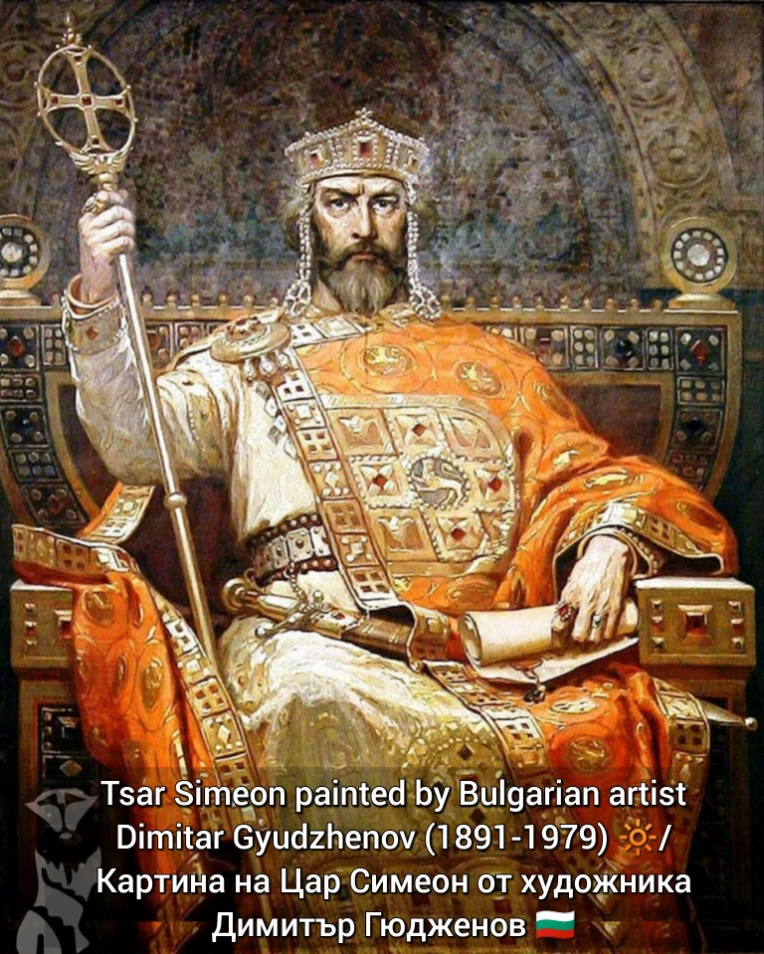
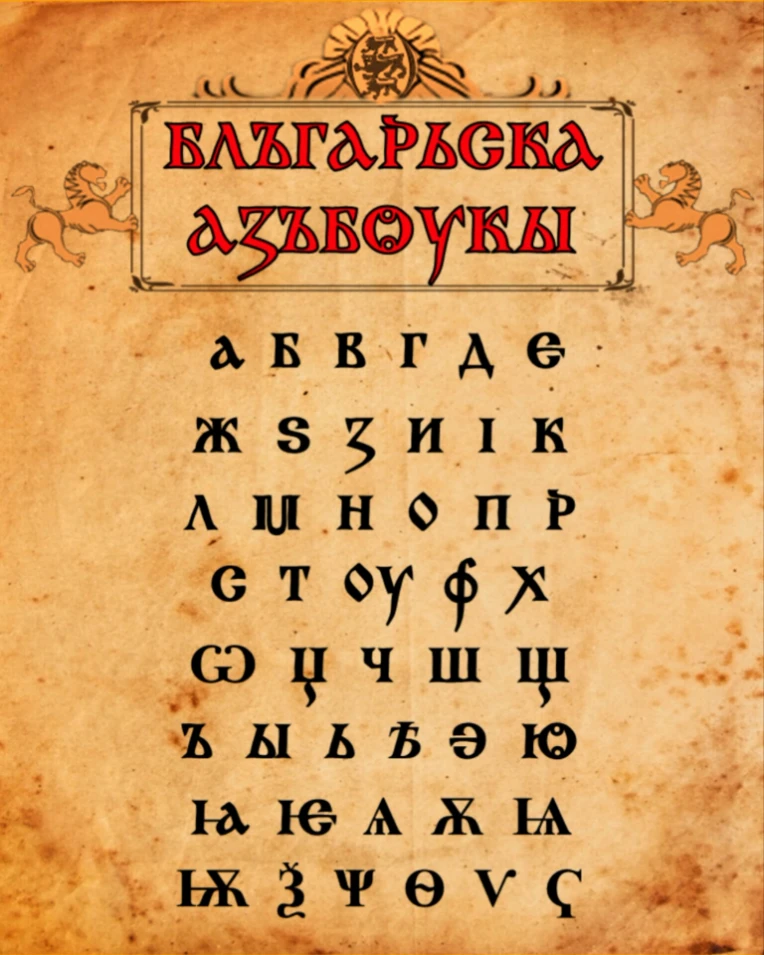
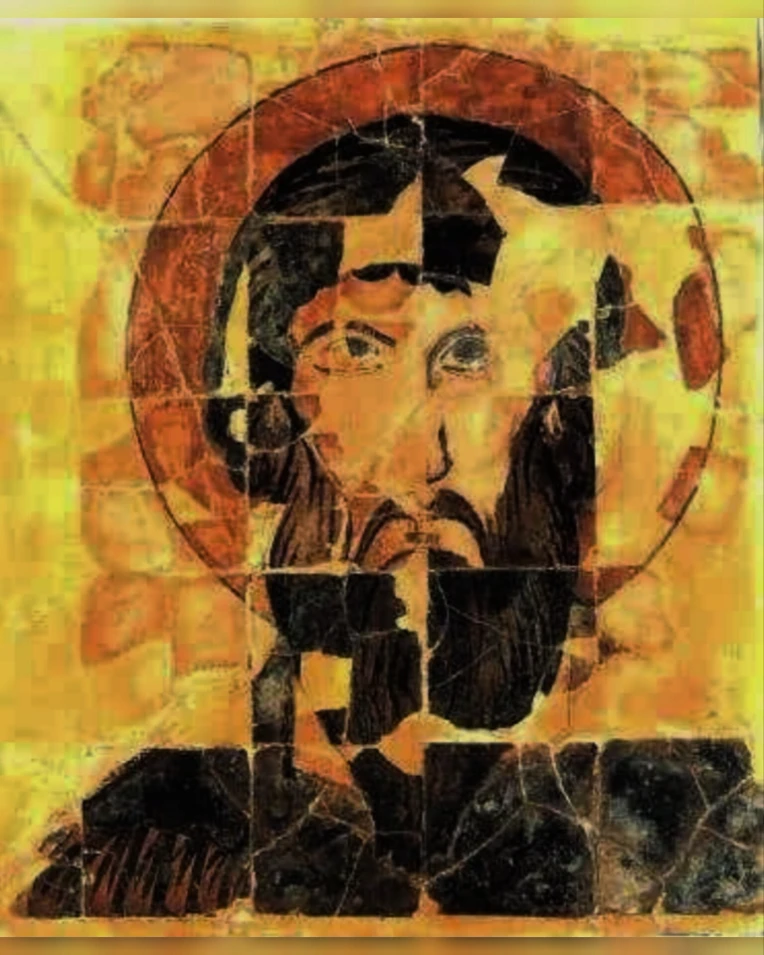
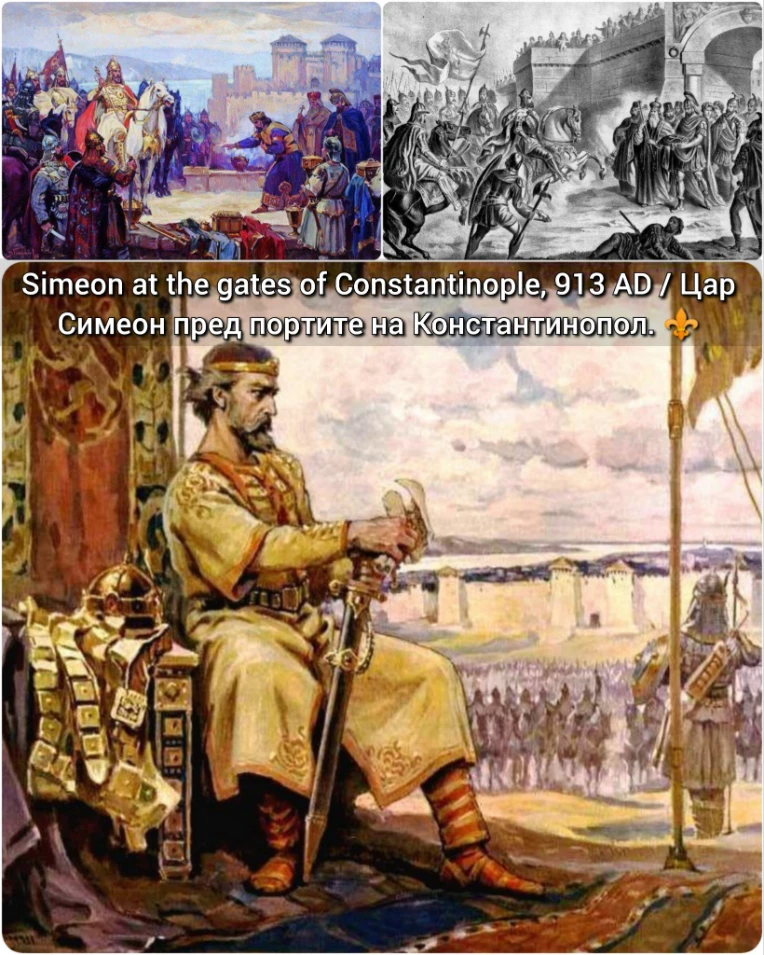
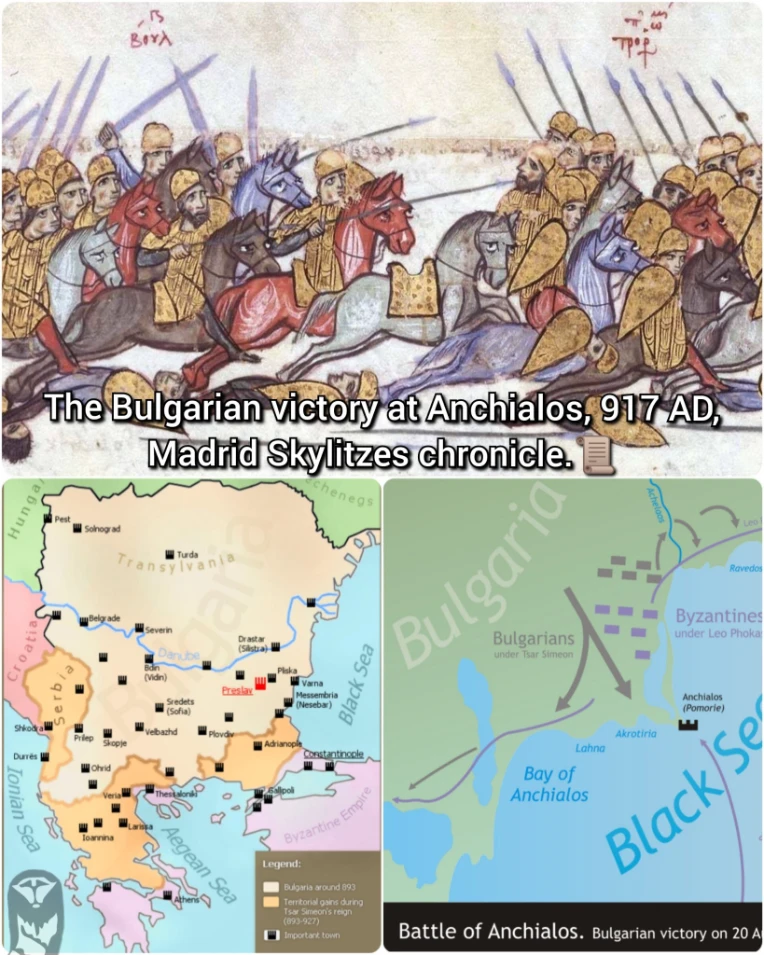
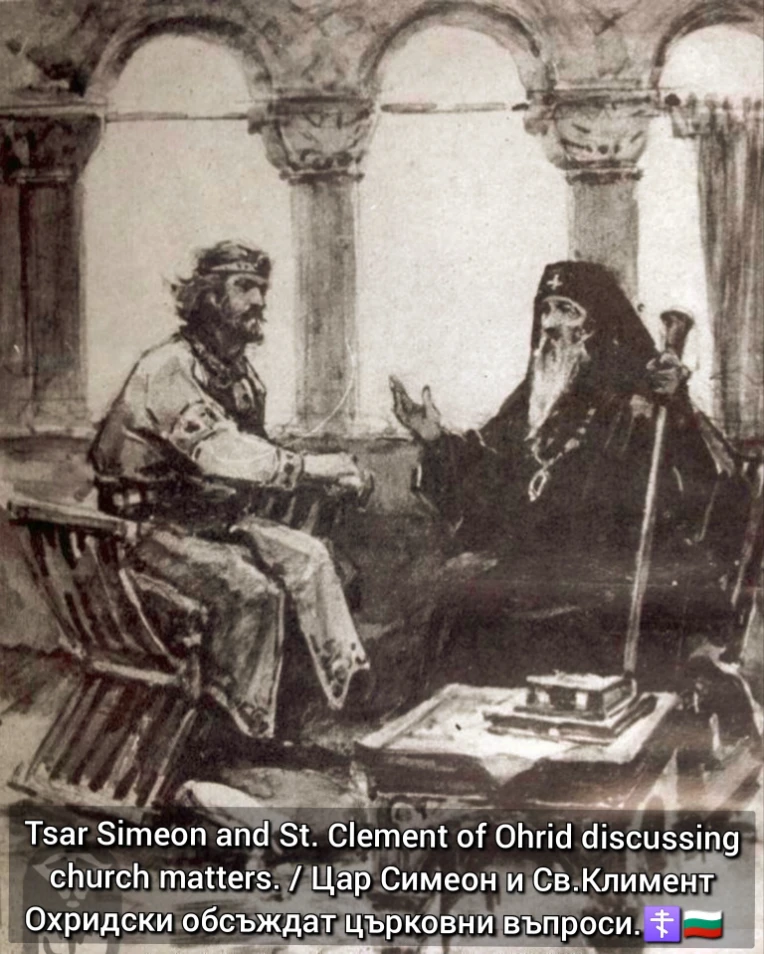
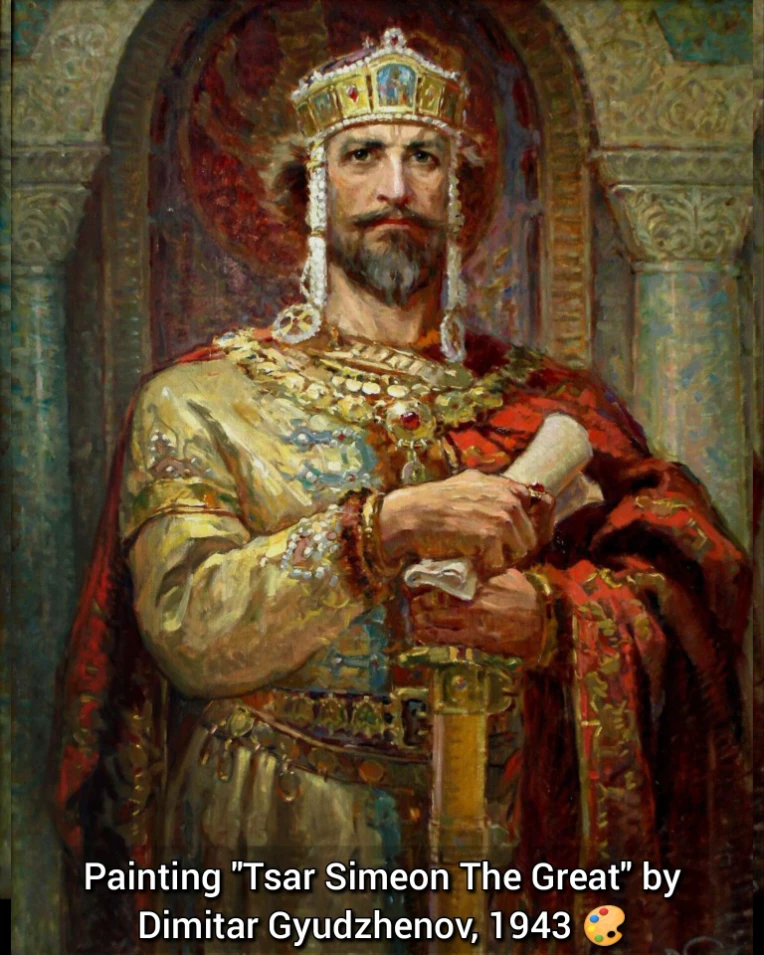
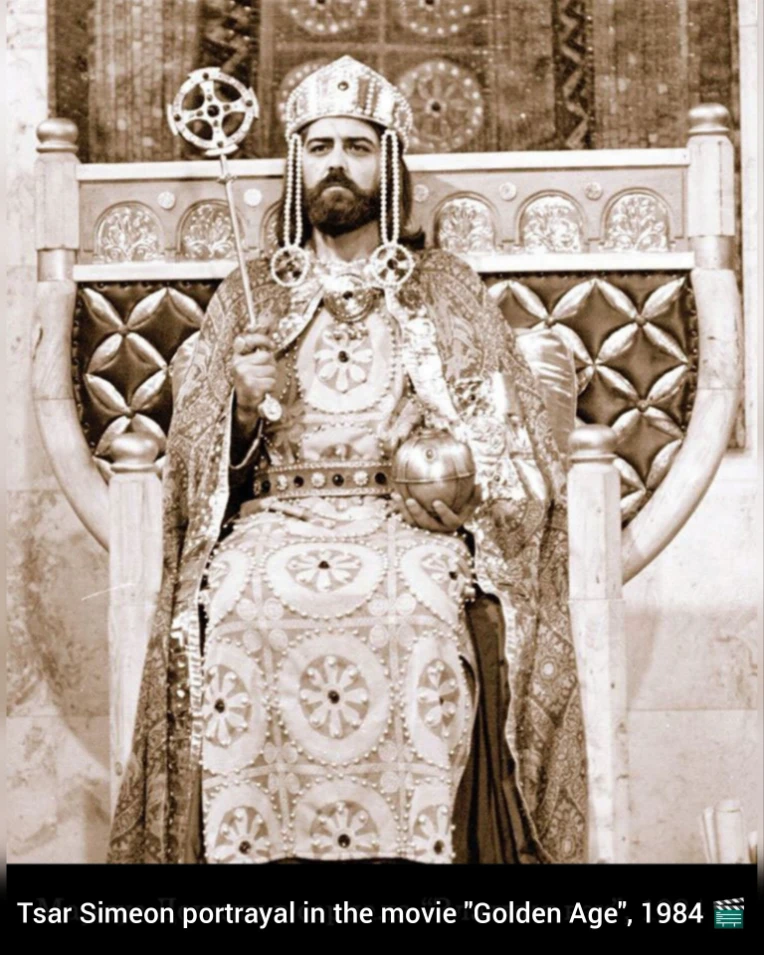
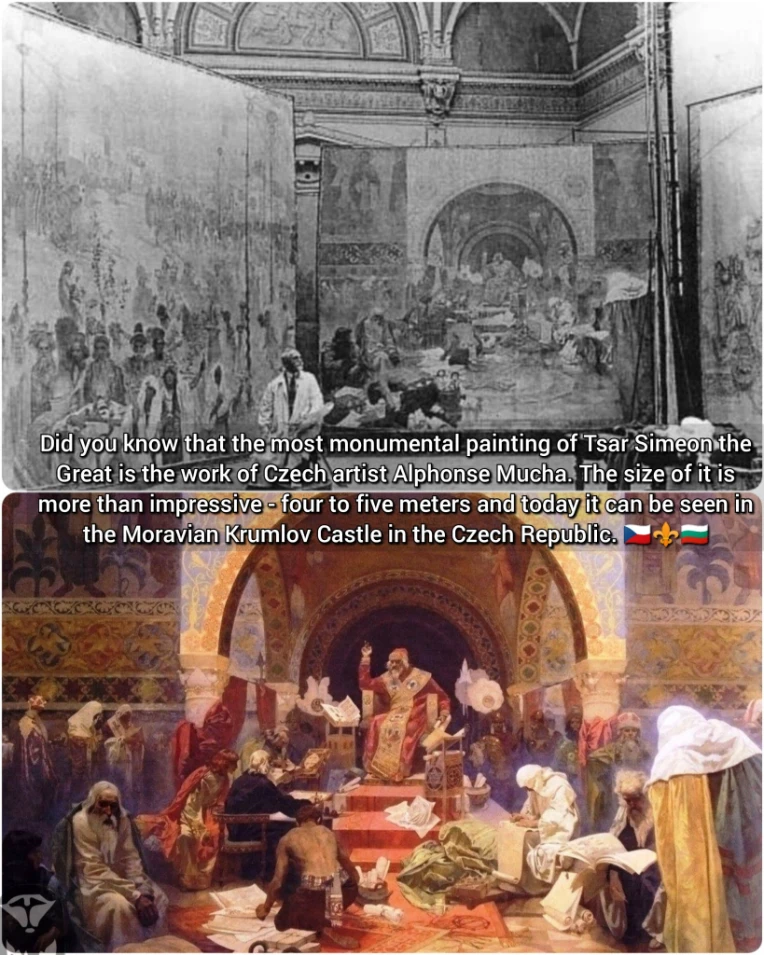
UnluckyToonLinkNG
So basically, he's a god of tsars.
Cool, took a bit longer to get though to the end but... neat.